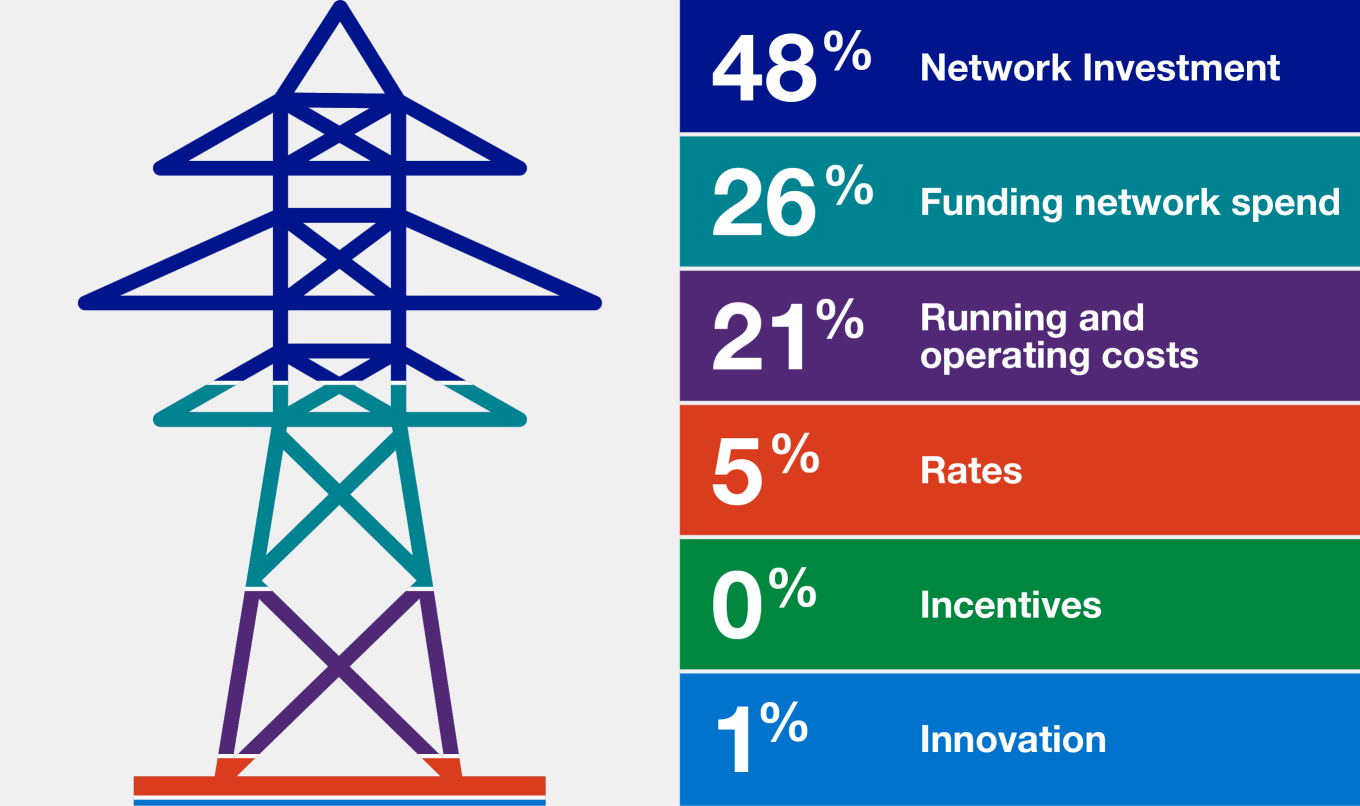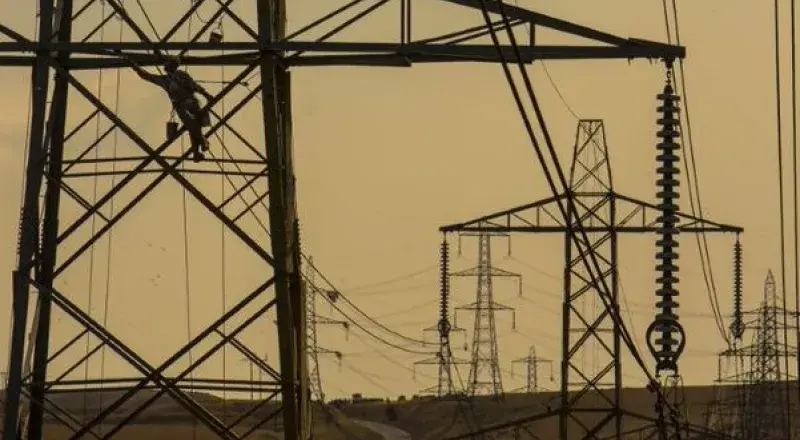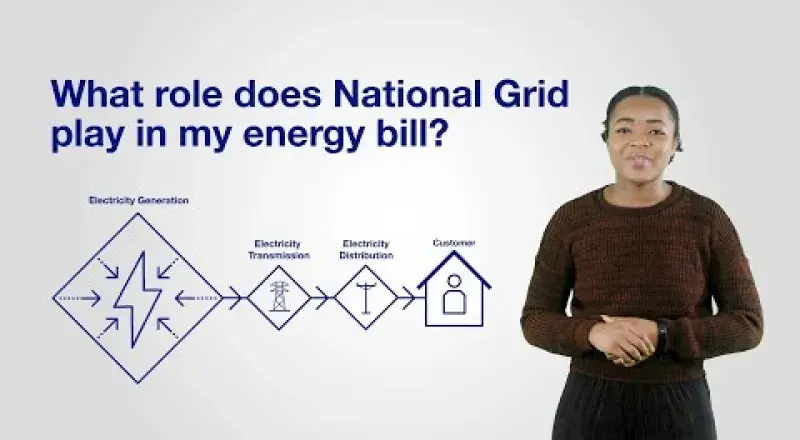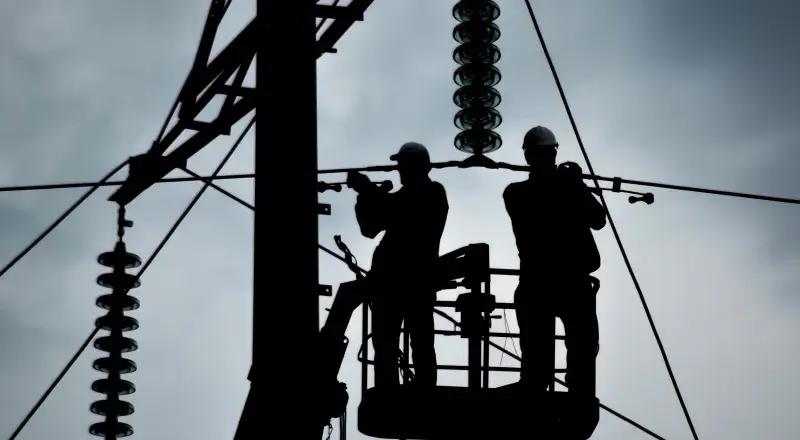Breaking down your electricity bill
The Electricity Transmission part of your bill covers the cost of building and maintaining the network. Our transmission network cost, using the National Energy System Operator methodology, in 2024/2025 is £19.23 of the average annual household bill.
How the £19.23 cost breaks down
Image


Download our guide to understanding your bill
You can view or download our guide that explains how the electricity transmission portion of your bill is calculated. The guide also describes how our costs break down, how they’re affected by regulation, how our revenue is collected, and how we’ve worked out the amount that’s included in householders’ bills.

What role does National Grid play in my energy bill?
We receive a lot of questions about how your household energy bills are made up, and which parts of your bill relate to National Grid.
The bill you receive from your energy supplier is made up of a number of separate charges. Some of these charges are based on the different stages through which electricity makes its way from the producers to your home, so we explain this journey and where National Grid fits in.
Watch the video about our role in your bill 
Where does electricity come from? The journey of electricity to your home
Electricity plays a huge part in our lives. We use it at home, at work, in our schools and hospitals. It helps to bring us light and heat, and it powers the tech we’ve come to rely on.